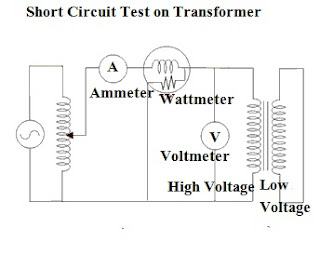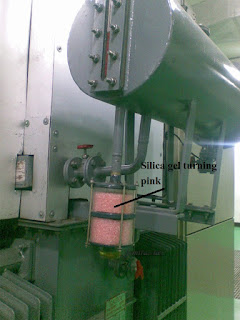During Transformer Manufacturing there are following codes and standards which manufacturer must comply for better performance and safety aspects:-
For Transformer specifications visit link as below:-
http://electrialstandards.blogspot.com/2015/10/transformer-technical-specifications.html
For Transformer specifications visit link as below:-
http://electrialstandards.blogspot.com/2015/10/transformer-technical-specifications.html
For Transformers applicable Codes, Standards, rules,
Acts:-
Standard and
Rule
|
Description of
Standard, Rule
|
IEC:
60616
|
Terminal
and Tapping Marking for Power Transformers
|
IEC:
60529
|
Degrees
of protection provided by Enclosures (IP Code)
|
IEC:
60905
|
Loading
guide for Dry-type power transformers
|
IEC:60044
|
Instrument
Transformers- Current and voltage transformers
|
IEC:60225
|
Electrical
relays
|
IEC:60625
|
High
voltage switches
|
IEC:62271-202
|
High
voltage switchgear and control gear-Prefebricated Substation
|
IS:335
|
Insulating
oil
|
IS:1271
|
Thermal
evaluation and classification of electrical insulation
|
IS:2099
|
Bushing
for Alternating voltage above 1000V
|
IS:2705
|
Current
Transformers
|
IS:3347
|
Dimensions
for Porcelain Transformer bushing
|
IS:3637
|
Gas
operated relays
|
IS:3639
|
Fitting
& Accessories for power transformers
|
IS:3156
|
Voltage
Transformers
|
IS:4201
|
Application
guide for CT’s
|
IS:6600
|
Guide
for loading of oil immersed transformers
|
IS:2629
|
Recommended
practice for Hot-dip galvanizing of iron and steel
|
IS:8478
|
Application
guide for On-load tap changer
|
IS:8468
|
On-load
tap changer
|
IS:10028
|
Code
of practice for selection, installation & maintenance of transformers
|
IS:13947
|
LV
switchgear and Controlgear-Part1
|
IS
2026
|
Power
Transformers
|
IS
1180
|
Outdoor
type oil immersed distribution transformer up to and including 2.5MVA,33kV
|
IS:7098
|
XLPE
cables
|
IS
5561
|
Electrical
Power Connectors
|
IS
5
|
Colors
for ready mix paints
|
IS: 11171
|
Dry
type Power Transformer
|
Indian
Electricity Rules
|
|
Indian
Electricity Act
|
|
CBIP
manual
|
You have seen that there as so many standards both international and Indian standards. During purchasing the Transformer if any one doesn't know Transformer specifications than just go through these Indian standards and they will get enough knowledge about Transformers manufacturing, testing, everything about transformers.
These Indian standards are freely available on internet.
For Transformer specifications visit link:-
http://electrialstandards.blogspot.com/2015/10/transformer-technical-specifications.html
http://electrialstandards.blogspot.com/2015/10/transformer-technical-specifications.html



